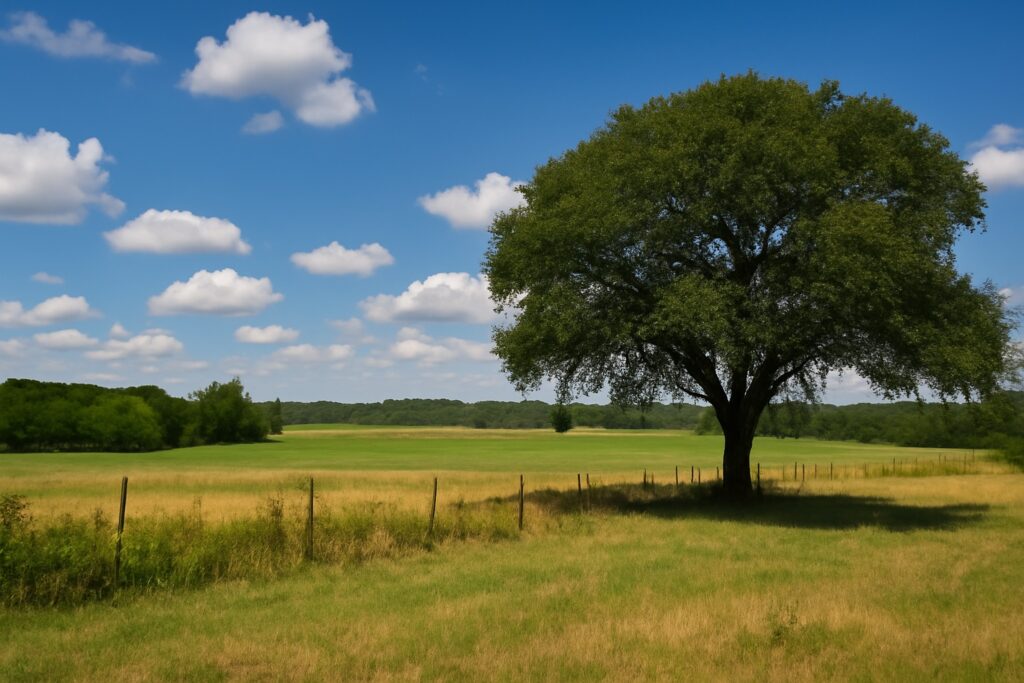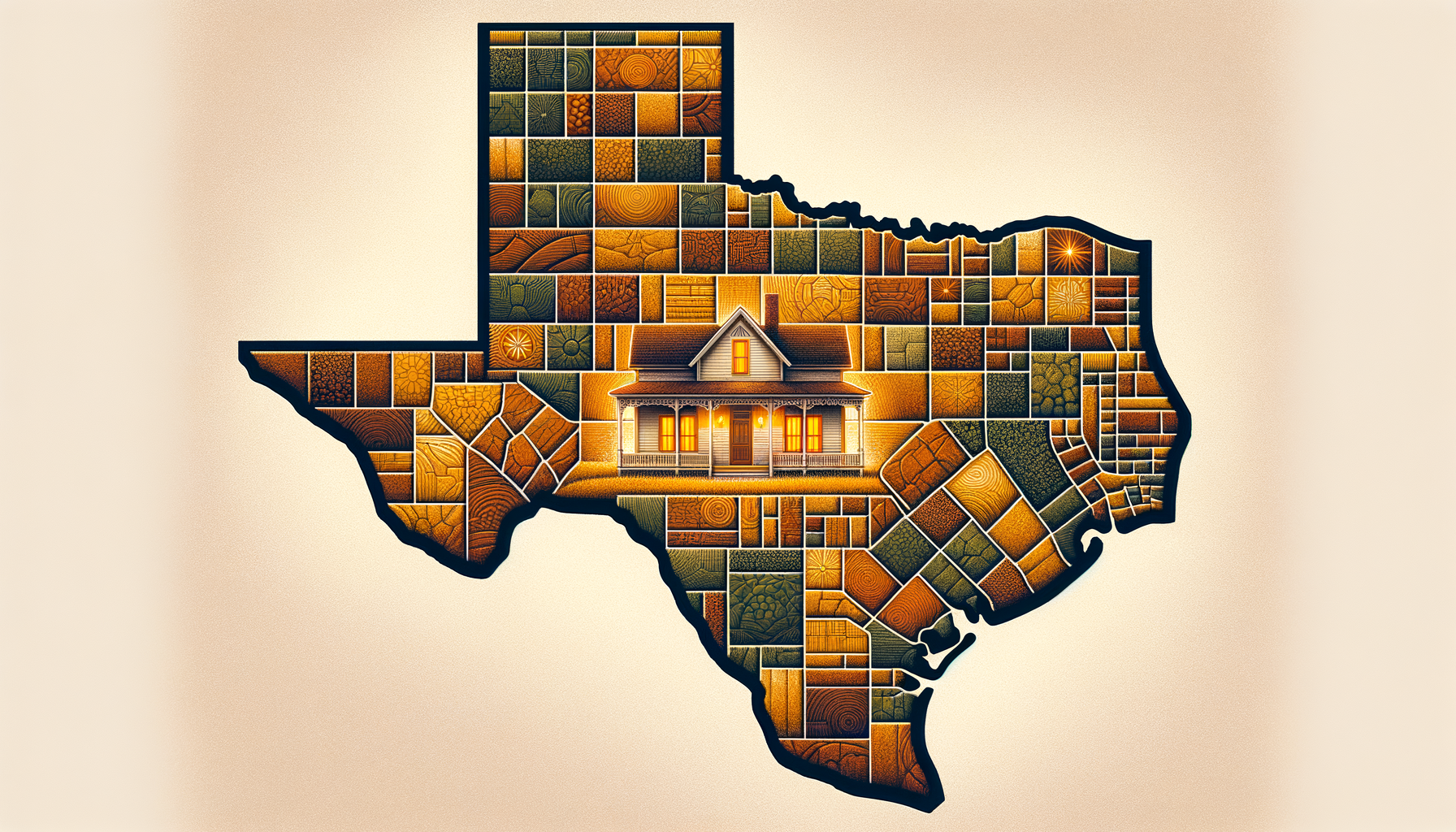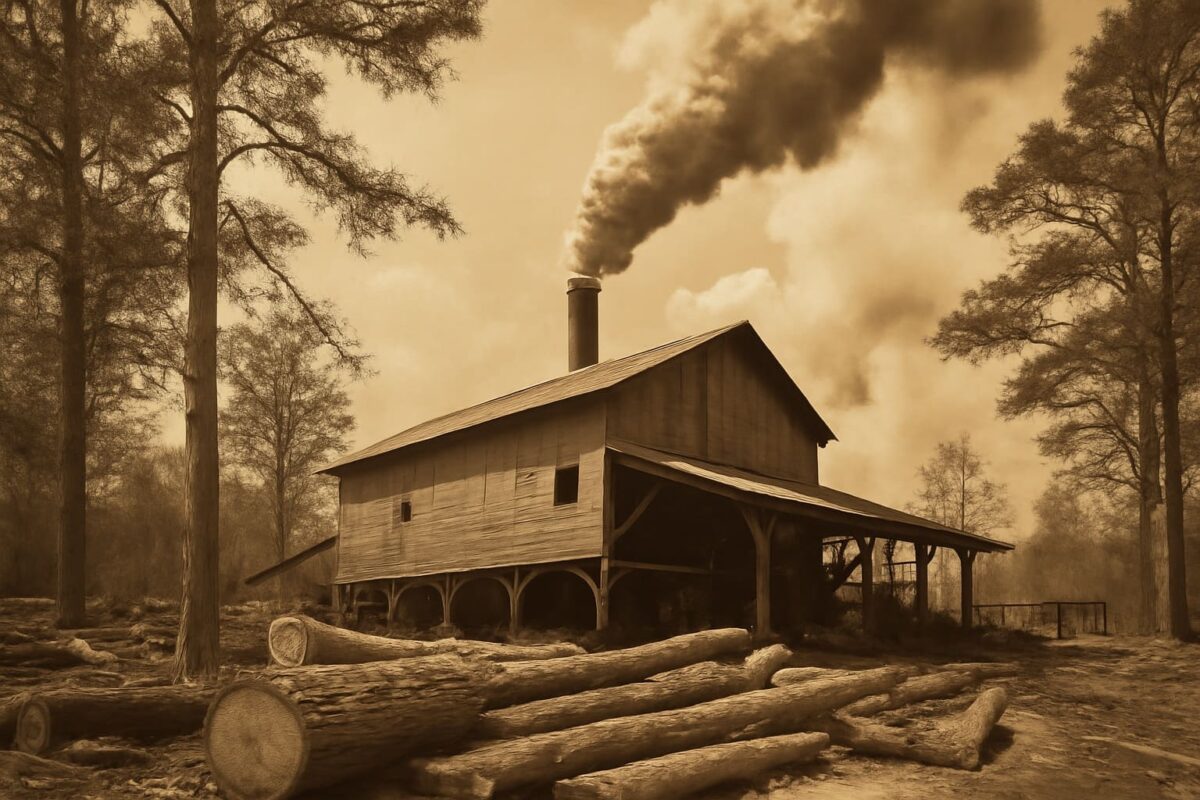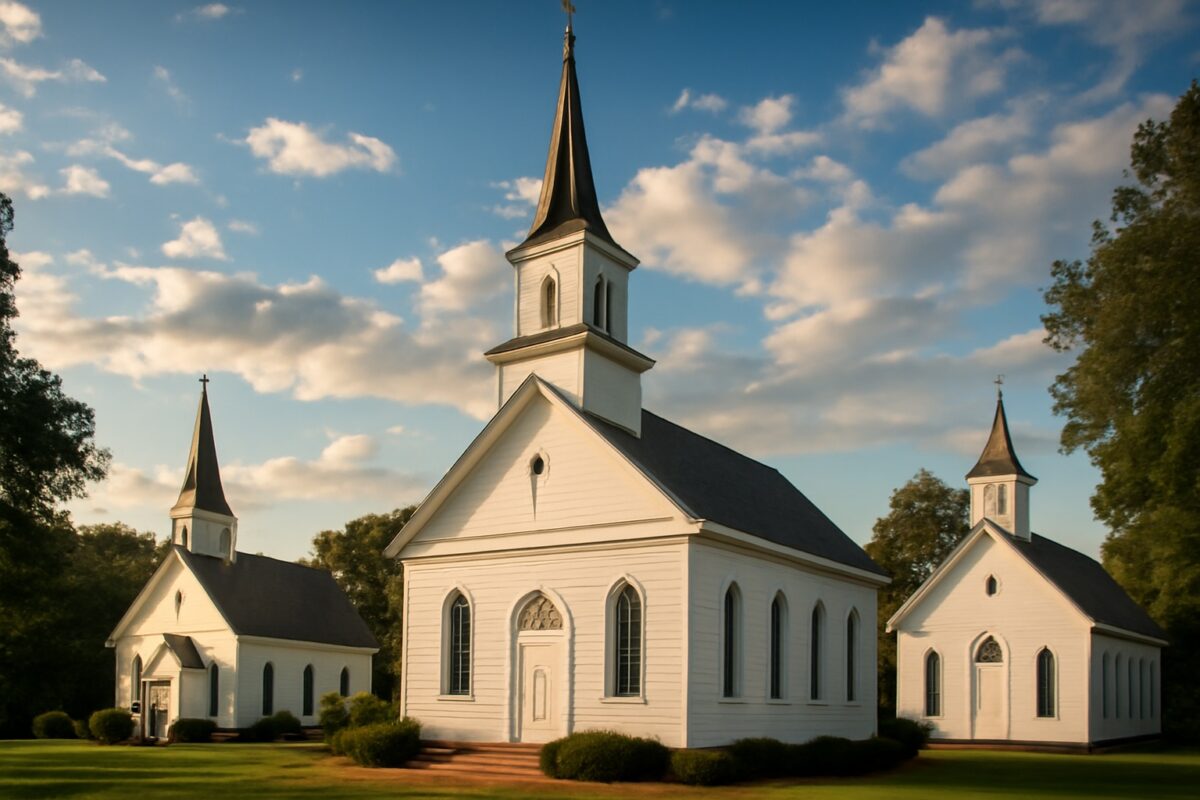Polk County is located in the Piney Woods region of East Texas. An area known for its natural beauty and cultural heritage. This site explores the many communities that shaped the county, both current and historic, and provides insight into how each contributed to the region’s development.
The county features a wide range of settlements. Some grew around sawmills and logging routes, others were tied to farming, while many developed at crossroads or along rivers. While not all of these places remain active towns today, their legacies continue through names, landmarks, and local stories.
Early Boundaries of Polk County, 1845
This historical map shows Polk County shortly after its formation. Many of today’s communities trace their roots to this early layout.
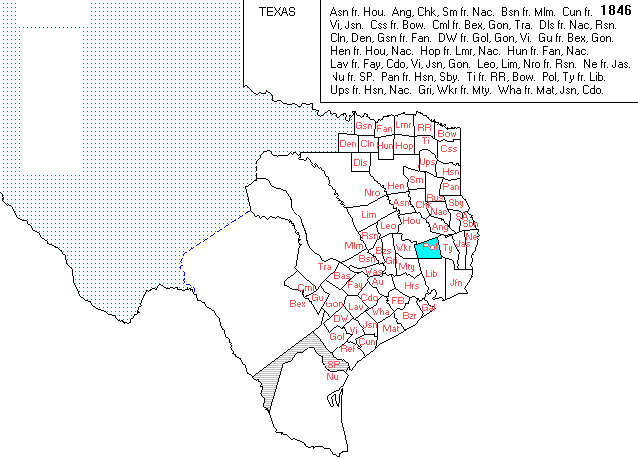
Polk County Courthouse, Livingston
The courthouse reflects the county’s civic development and remains a central landmark in Livingston. It symbolizes the shift from early rural settlements to a more centralized county structure.
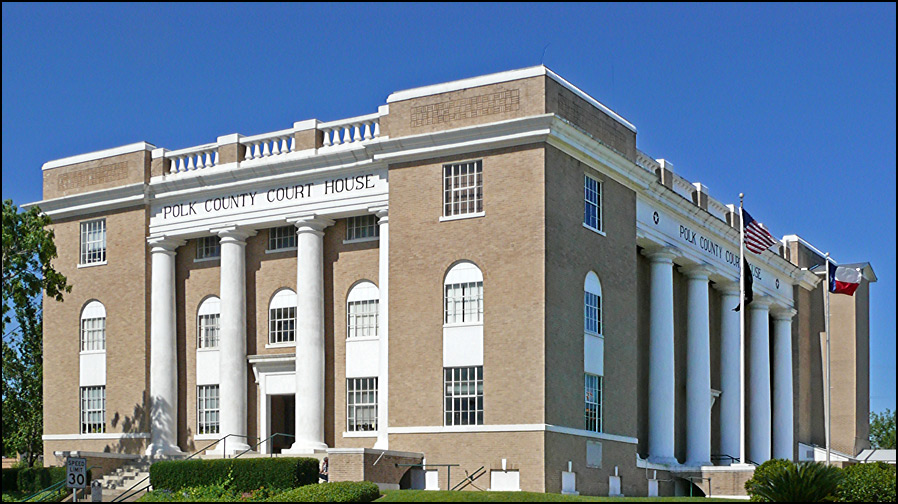
Communities Across Polk County
Polk County’s communities vary in origin and structure. Their formation often followed economic trends, transportation routes, and natural resources.
Timber Industry Communities
These towns developed around sawmills. Most declined when timber supplies ran out.
Ace (Smithfield), Barnes, Barnum, Camden, Camp Seale, Carmona, Corrigan, Dallardsville, Moscow, New Willard, Providence
Farming and Agricultural Settlements
These communities supported cotton plantations, family farms, and agricultural trade:
Asia, Baldwin, Benford, Blanchard, Bold Springs, Canary, Colita, Darby, Darden, East Tempe, Elbert, Goodrich, Griswold, Halifax, Holly Grove, Hortense, Oak Shade, Onalaska, Patonia
Rural Settlements and Crossroads Communities
These smaller towns served as hubs for travelers or trade at key junctions:
Bluewater, Bowers, Buck, Camp Ruby, Geneva, Israel, Johnson’s Bluff, Kiam, Kickapoo, Knight, Lamont, Laurelia, Leggett, Mulvey, Ollie, Pickney, Pluck, Rock Island, Segno, Setag, Soda, Swartout, Tigerville, Valda, Vreeland, Wakefield
Key Population Centers
Some towns continue to serve as major population centers, while others once played significant roles in Polk County’s civic and cultural life.
Livingston remains the county seat and the largest town. Seven Oaks also holds incorporated status, though it is much smaller in population. Additional communities such as Marston, Menard’s Chapel, Midway, Schwab City, and Louisiana Settlement were once important centers and now exist as historic or unincorporated areas.
